Description
Activated Alumina: A Versatile Material with Wide-Ranging Applications
Activated alumina is a fascinating material often overlooked, yet it plays a crucial role in a vast array of industries. This highly porous and versatile material is a form of aluminum oxide (Al₂O₃), produced by dehydrating aluminum hydroxide. The process creates a material with an exceptionally large surface area, making it an ideal desiccant, adsorbent, and catalyst support.
What Makes Activated Alumina So Special?
The key to activated alumina’s effectiveness lies in its physical and chemical properties:
- High Surface Area: The dehydration process results in a network of interconnected pores, creating a surface area ranging from 200 to 300 square meters per gram. This vast surface area provides ample sites for adsorption and chemical reactions.
- Excellent Adsorption Capacity: Activated alumina readily adsorbs water vapor and other polar molecules, making it a highly effective desiccant. It can reduce the relative humidity of air to very low levels.
- Chemical Inertness: While activated alumina facilitates chemical reactions as a catalyst support, it itself is relatively inert and resistant to degradation.
- Thermal Stability: Under many operating conditions, activated alumina maintains its structural integrity and adsorption capacity at elevated temperatures.
- Regenerability: A major advantage of activated alumina is its ability to be regenerated. By heating the material, adsorbed substances can be driven off, restoring its adsorption capacity.
Applications Across Industries:
The unique properties of activated alumina make it indispensable in numerous industrial applications:
- Drying and Dehydration: This is perhaps the most well-known application. Activated alumina is widely used to dry:
- Gases: Natural gas, compressed air, and process gases in chemical plants.
- Liquids: Solvents, refrigerants, and other industrial liquids.
- Water Treatment: It removes fluoride, arsenic, and other contaminants from drinking water and wastewater. Its affinity for these compounds makes it a cost-effective solution for water purification.
- Catalyst Support: Activated alumina provides a high surface area support for precious metal catalysts, such as platinum, palladium, and rhodium. This allows for increased catalytic activity and efficient utilization of expensive catalysts in various chemical processes like:
- Petrochemical refining: Isomerization, reforming, and hydrotreating.
- Automotive catalytic converters: Reduction of harmful exhaust emissions.
- Adsorbent: Beyond water, activated alumina can adsorb various other substances, including:
- Oils and fats: Used in food processing to remove impurities and improve product quality.
- Acids and bases: Employed in chemical purification and neutralization processes.
- Medical Applications: In some specific applications, activated alumina is used in medical devices and drug delivery systems.
Regeneration and Maintenance:
To maintain the effectiveness of activated alumina, regular regeneration is crucial. This typically involves heating the material to a temperature that drives off the adsorbed substances. The specific regeneration temperature and duration depend on the type of adsorbed material and the operating conditions.
Proper handling and storage are also essential. Exposure to moisture and contaminants should be minimized to prevent premature degradation and reduced performance.
Looking Ahead:
As technology advances, research continues to explore new and innovative applications for activated alumina. Its versatility and cost-effectiveness make it a strong contender for addressing challenges in areas such as:
- Emerging Contaminant Removal: Addressing the growing concern over pharmaceuticals and personal care products in water sources.
- Carbon Capture: Potential use in adsorbing CO2 from flue gases.
- Advanced Materials: Incorporation into composite materials for enhanced properties.
In conclusion, activated alumina is a powerful and adaptable material with a broad range of applications. Its ability to adsorb, dry, and support catalysts has made it an invaluable asset to numerous industries, and its potential for future innovation remains promising. Whether it’s purifying our water, cleaning our air, or enabling complex chemical reactions, activated alumina continues to play a vital role in shaping our world.

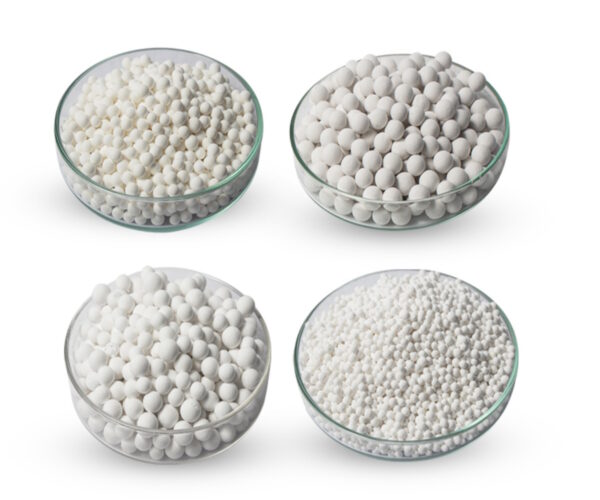


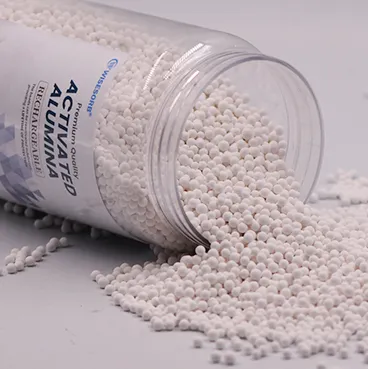


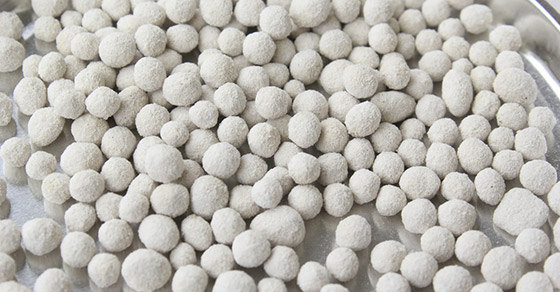
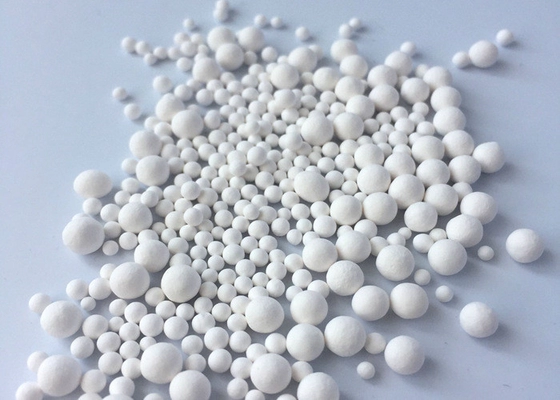
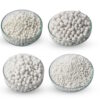


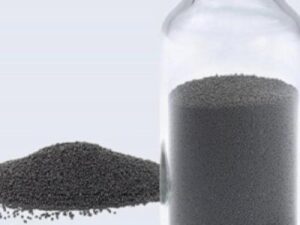


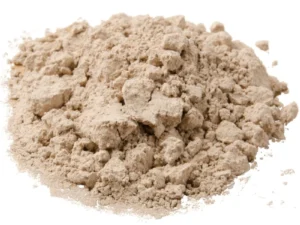
Reviews
There are no reviews yet.